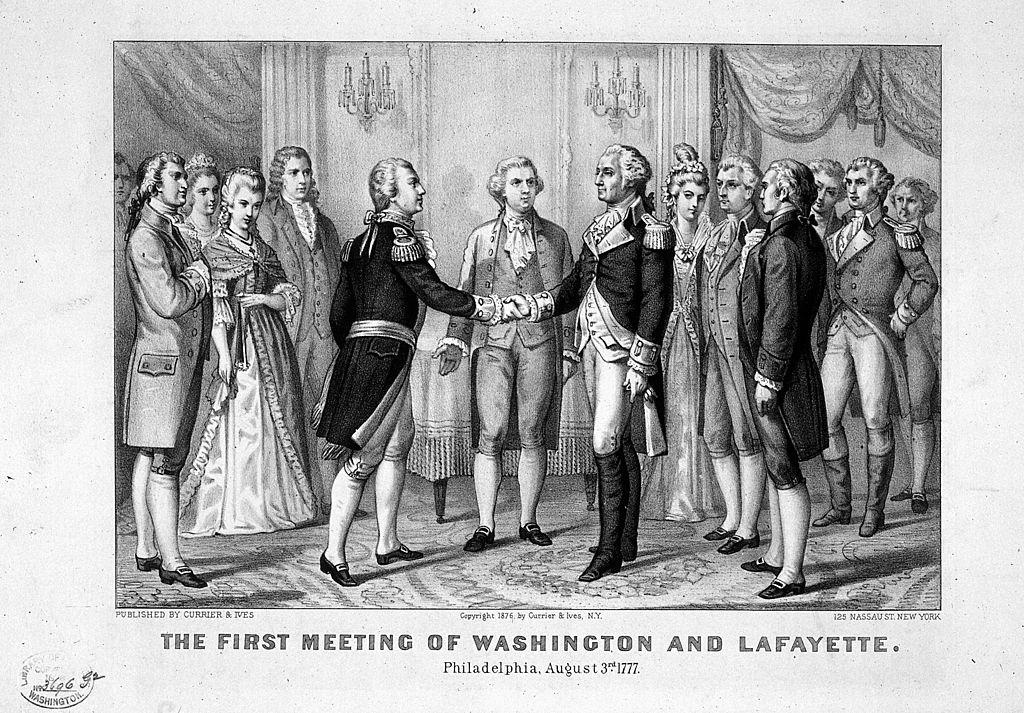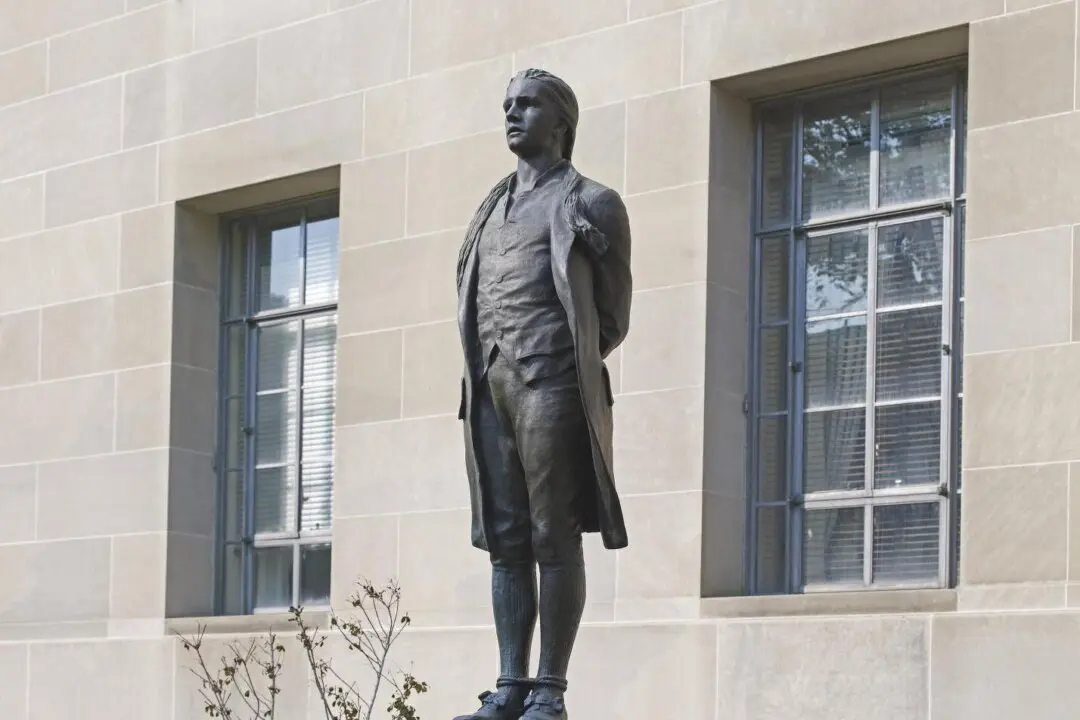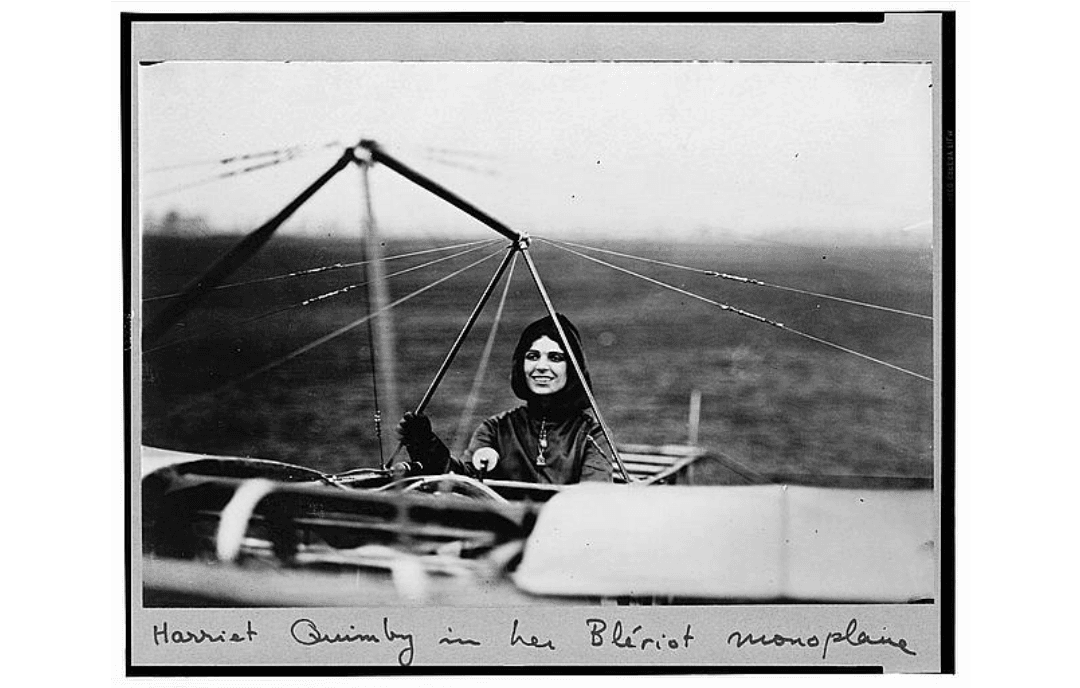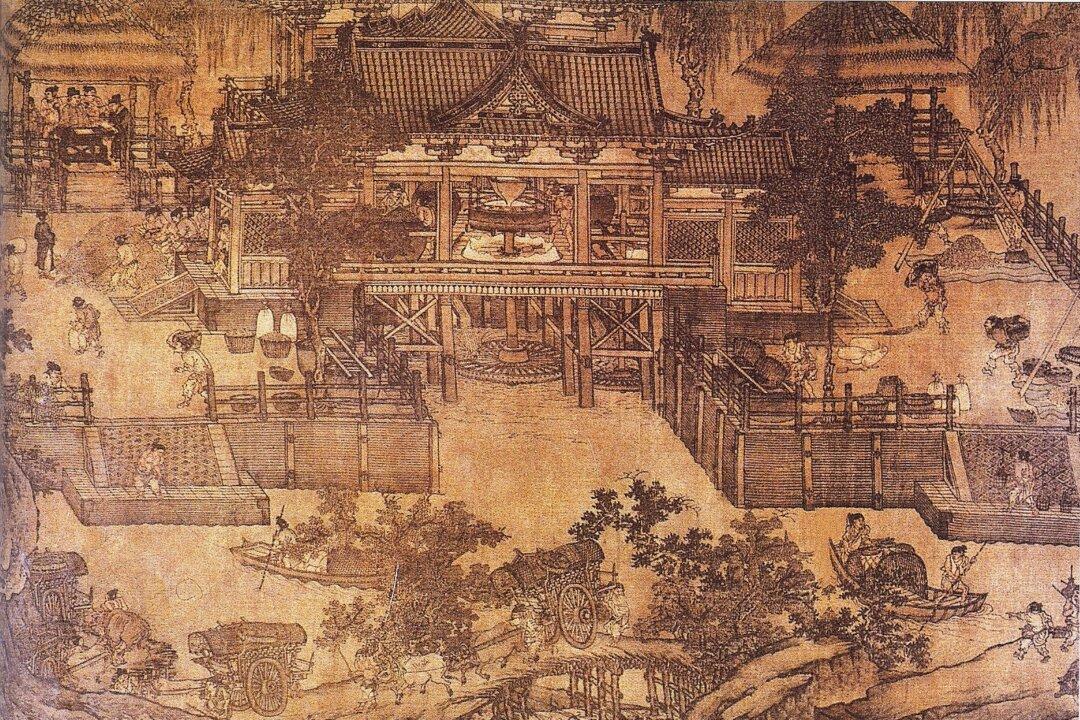On Aug. 15, 1824, a great man arrived in New York at the start of a “Grand Tour” of America. Though his plan called for a four-month visit to the 13 states that comprised the original colonies, he ultimately stayed four times as long and met cheering throngs in all 24 states that comprised the Union at that time.
President James Monroe had extended the invitation to this beloved gentleman as part of the forthcoming celebration of America’s 50th birthday in 1826. It was the perfect choice. This man, the esteemed Marquis de Lafayette, came to America from his native France as a teenager to help the country secure its liberty and independence.






